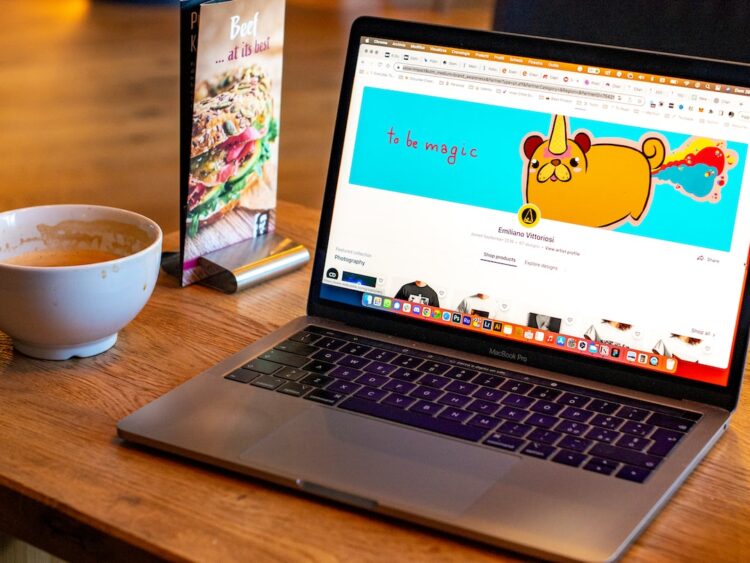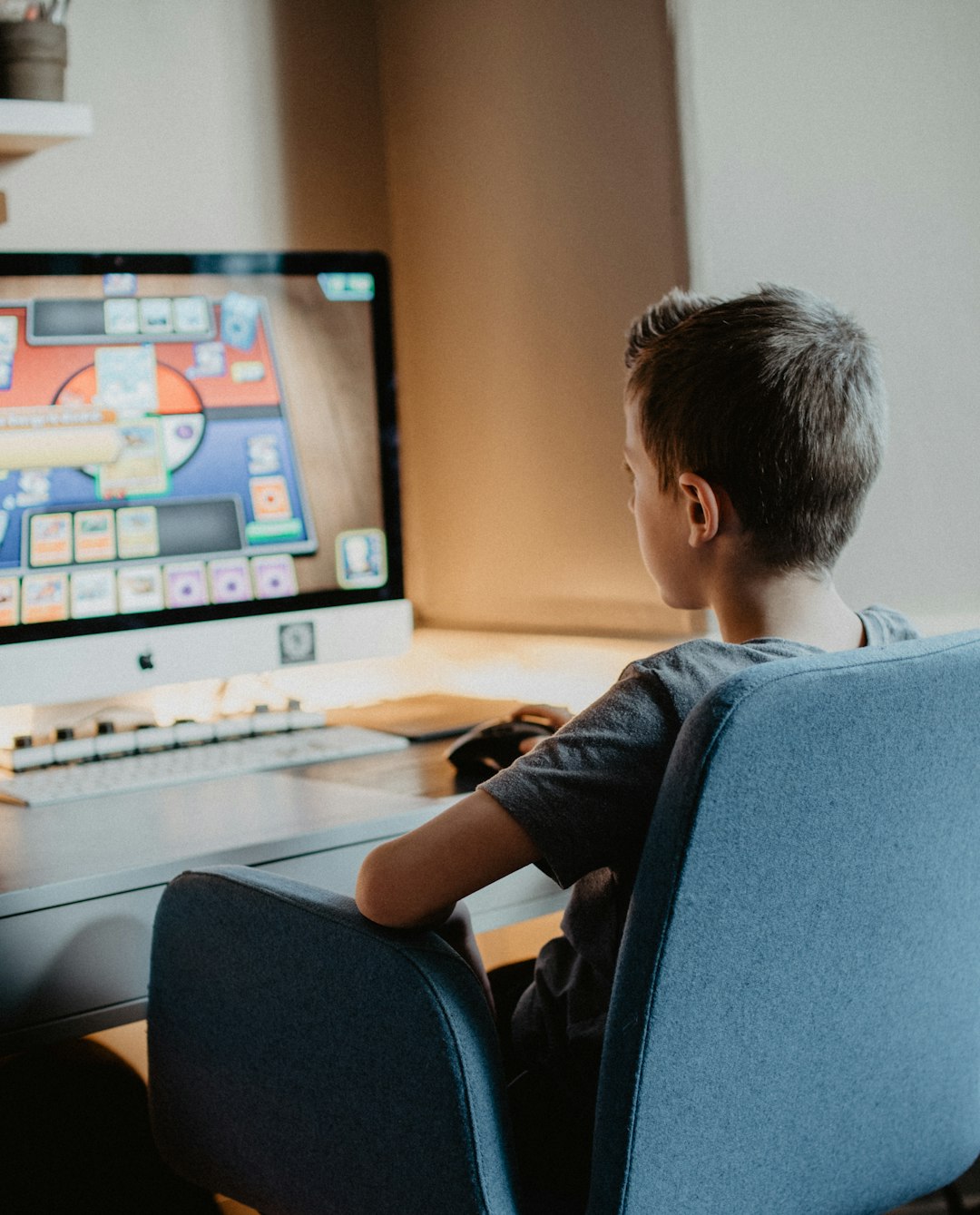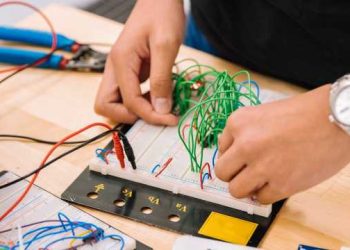Blended Learning: Combining E-Learning with Traditional Instruction for Optimal Results
In recent years, the field of education has seen a significant shift towards integrating technology into the learning process. This combination of electronic means and traditional instructional methods is known as blended learning. Blended learning offers a wide range of benefits for both educators and learners, providing them with the opportunity to achieve optimal results.
Blended learning incorporates the best elements of traditional face-to-face instruction with the flexibility and accessibility of e-learning. Through a combination of in-person classroom sessions and online learning activities, students can engage in a more comprehensive and personalized learning experience. The traditional classroom environment allows for direct interaction between students and teachers, while e-learning platforms provide a wealth of resources and materials.
One of the key advantages of blended learning is its ability to cater to different learning styles and preferences. Every student is unique, with varying strengths and weaknesses. Blended learning recognizes this diversity and provides multiple avenues for students to absorb and process information. Visual learners can benefit from interactive multimedia, while auditory learners may find audio lectures and discussions more effective. Through the integration of e-learning tools, blended learning can accommodate a variety of learning styles, increasing student engagement and understanding.
Another significant benefit of blended learning is its flexibility and accessibility. With the rapid advancements in technology, students can access educational materials and resources any time, anywhere. This flexibility allows students to learn at their own pace, at times that suit their individual schedules. For working professionals or individuals with other commitments, blended learning offers the opportunity to pursue education without necessarily sacrificing their current lifestyle.
Blended learning also promotes student-centered learning, shifting the focus from a teacher-centric approach to a more student-centric one. With e-learning resources, students can engage in self-directed learning, exploring concepts and topics at their own pace. This approach fosters independent thinking skills and encourages students to take responsibility for their own learning. The instructor’s role transforms from a knowledge transmitter to a facilitator, guiding and supporting students in their learning journey.
Furthermore, blended learning promotes active learning and enhances critical thinking skills. The integration of e-learning tools and online resources encourages students to engage in problem-solving, research, and collaborative projects. By combining traditional instruction with technology, students can apply knowledge in real-world scenarios, deepening their understanding and retention of concepts. Blending traditional and e-learning methods allows for a more dynamic and interactive learning experience, contributing to the development of essential skills for the twenty-first century.
Blended learning also offers benefits for educators. With the integration of technology, teachers can track student progress, provide immediate feedback, and tailor instruction to individual needs. E-learning platforms often come equipped with analytics and data, allowing teachers to monitor student performance and identify any knowledge gaps. This information can then be used to personalize instruction, ensuring each student receives the necessary support and guidance.
In conclusion, blended learning provides an innovative approach to education by combining e-learning with traditional instructional methods. Its ability to cater to various learning styles, flexibility, and accessibility make it an excellent choice for learners seeking optimal results. Blended learning promotes student-centered learning, active participation, and critical thinking skills, preparing students for success in the digital age. Furthermore, it empowers educators with tools and data to provide personalized instruction and support. As technology continues to advance, the integration of e-learning into traditional instruction will undoubtedly shape the future of education for the better.













